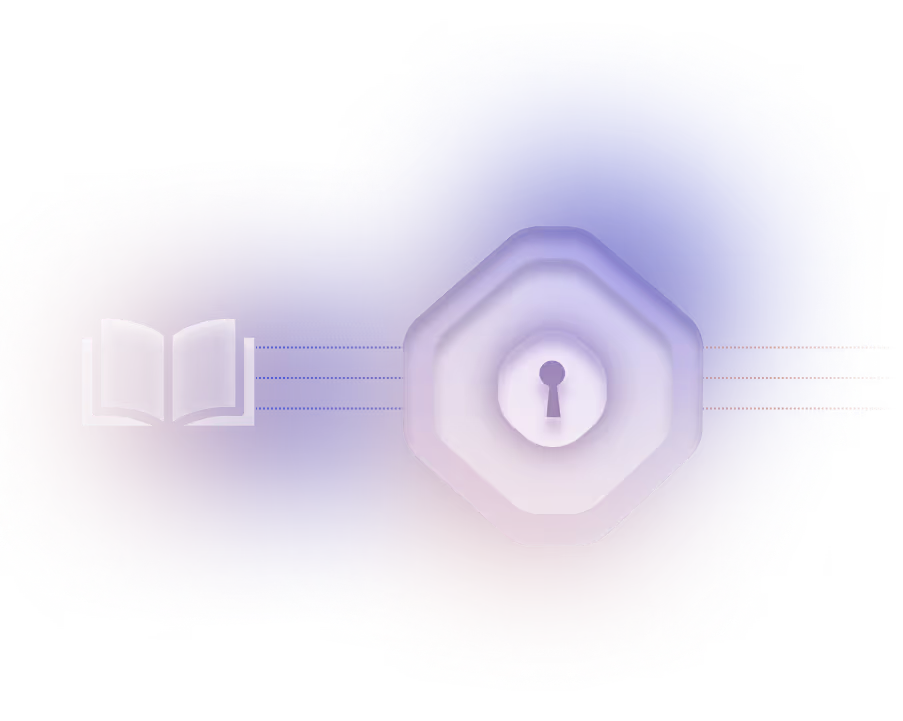IAM

What is IAM?
Identity and Access Management (IAM) is a foundational cybersecurity discipline that governs how digital identities—both human and non-human—are authenticated, authorized, and managed across systems, applications, and cloud infrastructures. Its core function is to ensure that the right entities have the appropriate access to the right resources at the right time. IAM encompasses a wide range of capabilities, including user provisioning, single sign-on (SSO), multi-factor authentication (MFA), access controls, credential lifecycle management, and audit logging.
Why is it important?
IAM is critical to enforcing security policies, operational efficiency, and regulatory compliance within modern enterprises. As organizations adopt hybrid and multi-cloud environments, IAM serves as the control plane for managing access across distributed systems. In addition to preventing unauthorized access and insider threats, IAM reduces the attack surface by enforcing the principle of least privilege and providing centralized visibility into identity-related activity. It is also a core requirement for compliance with standards such as HIPAA, PCI DSS, SOC 2, and NIST 800-53.
What are common applications or use cases?
In practice, IAM is used to control employee access to internal systems, manage customer identities in B2C platforms, and secure application-to-application interactions. For example, IAM systems issue temporary credentials to developers accessing cloud resources, enforce MFA for remote workers, and integrate with HR systems to automate user onboarding and offboarding. IAM also supports federated identity protocols (e.g., SAML, OIDC) to enable cross-organizational access in mergers, partnerships, and SaaS integrations.
What is the connection to NHIs (Non-Human Identities)?
Traditional IAM platforms were designed primarily for human users, leaving substantial gaps in the management of Non-Human Identities (NHIs) such as service accounts, API keys, and machine identities. NHIs now outnumber human identities by at least 10:1 in enterprise environments, yet they often lack critical controls like credential expiration, behavior monitoring, and automated rotation. As a result, unmanaged NHIs pose a significant security risk, contributing to over 60% of cloud-related breaches. Extending IAM to cover NHIs requires capabilities such as automated provisioning, just-in-time access, anomaly detection based on usage patterns, and secrets lifecycle management.
Are there any notable industry data, trends, or standards?
Emerging trends are reshaping IAM to address the complexity of modern infrastructure. These include Zero Trust architectures that treat all identities—human and non-human—as untrusted by default, and post-quantum cryptography initiatives aimed at future-proofing identity systems. Regulatory bodies like NIST and CISA are also emphasizing workload identity governance and software attestation as essential components of IAM. According to Gartner, organizations that adopt machine identity management (MIM) within their IAM strategy will reduce identity-related breaches by more than 70%.
What is the broader impact or takeaway?
IAM has evolved from a human-centric access control model into a dynamic, identity-first security architecture that must encompass both users and workloads. For enterprises operating in regulated, hybrid, and cloud-native environments, a robust IAM framework that incorporates NHI governance is no longer optional—it is essential. By integrating traditional IAM with purpose-built NHI security solutions, organizations can enforce least privilege, maintain continuous compliance, and significantly reduce the risk of credential-based attacks at scale.

